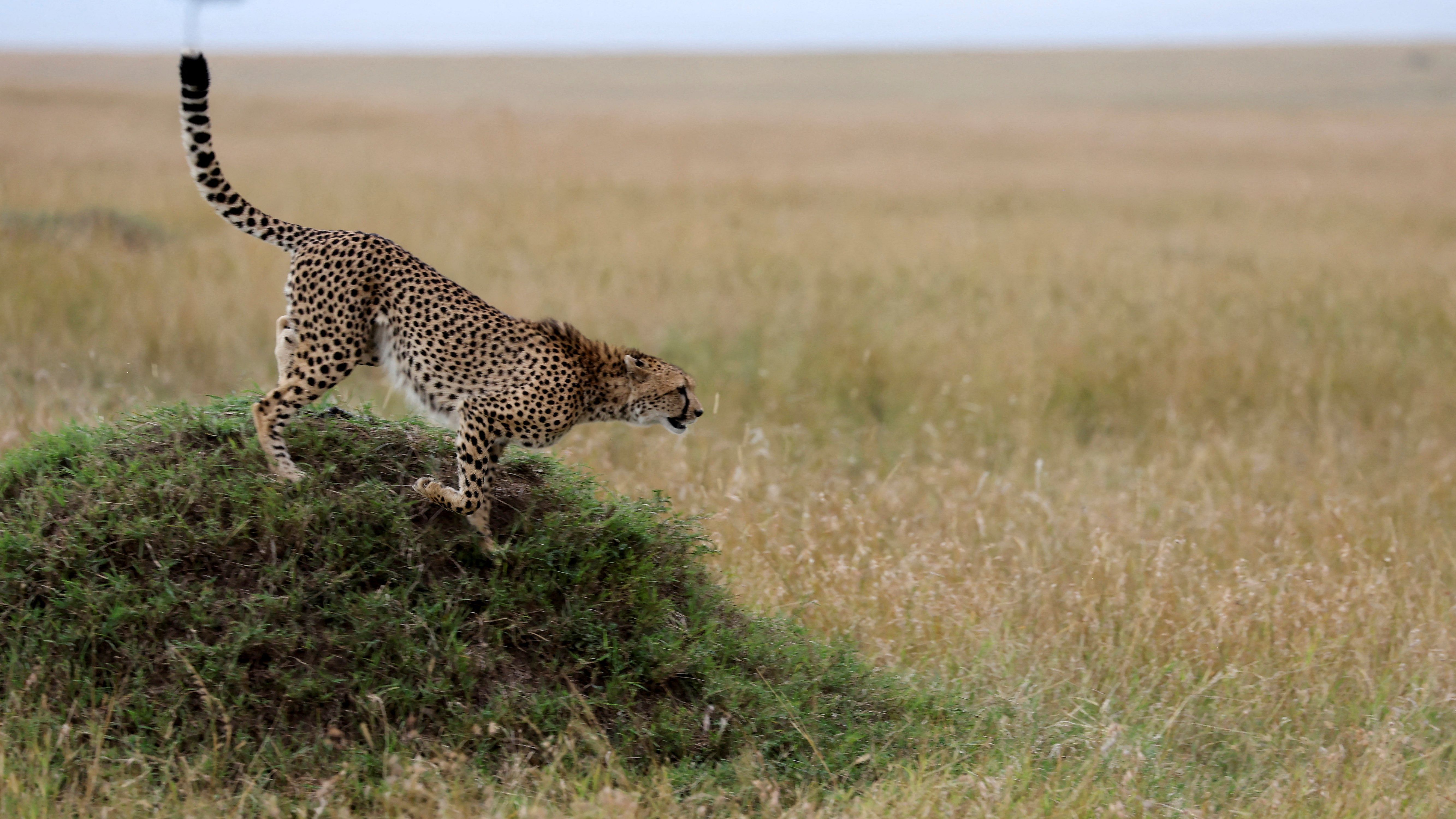
After much anticipation, India welcomed eight Namibian cheetahs in the grasslands of Kuno National Park in a bid to reintroduce the spotted cat in the country seven decades after it was declared extinct.
Eight radio-collared African cheetahs, five female and three male, reached their final destination after an 8,000 km journey from Namibia. They were released into quarantine enclosures of the Kuno National Park in Madhya Pradesh by PM Modi.
The move, debated by wildlife experts, has many biologists worrying if endangered cheetahs would be safe in a country vying for real estate in a space where land crunch has prices soaring already. Experts also worry if such a relocation will yield fruit in the long term and cheetahs will not be killed, poached or attacked by other predators.
However, experts concur that the reintroduction of the species into the country's wildlife index will boost tourism by leaps and bounds. While it is believed that global tourism to Kuno will see an uptick, another issue now prevails: the demand for land around the Kuno National Park.
Land prices in Sheopur district, where the national park is located, have shot up to two-three fold since the announcement of the cheetah's relocation to Kuno.
Tiktoli village (where the main gate of the Kuno National Park is located) and Moravan village have recently seen a lot of attention from wildlife enthusiasts and the tourism industry.
“The land rates have doubled now. People do come to purchase land,” a local grocery shopkeeper told NDTV.
Farmers have confirmed that buyers are reaching out to them showing interest in their lands. However, locals have shown resentment towards it, the publication reported.
"The land here used to be for 9-10 lakh per bigha, but now it's 19-20 lakh. I'd prefer to wait for the footfalls of tourists. Our people are more concerned about jobs and malnourishment,” a petrol pump owner in Karahal told the news channel.
The Sheopur district is one of the worst-affected in India by malnourishment.
Scientists are divided on the land-cheetah impact. Many believe the competition for land could adversely affect the growth of cheetah populations. Many believe this reintroducion faces challenges not faced by the animals in the past.
A single cheetah needs a lot of space to roam. A 100 square km area can support six to 11 tigers, 10 to 40 lions, but only one cheetah.
Once the cheetahs move beyond Kuno's unfenced boundaries, "they'll be knocked out within six months by domestic dogs, by leopards," said wildlife biologist Ullas Karanth, director of the Centre for Wildlife Studies in Bengaluru.
"Or they'll kill a goat, and villagers will poison them" in response, he told Reuters.
To set the cheetahs up for success, authorities are relocating villagers from Bagcha near Kuno. Officials have also been vaccinating domestic dogs in the area against diseases that could spread to the cats.
However, if commercial aspects turn more promising over the coming months and years, the biggest threat to cheetahs will be growing populations surrounding the area.
(with agency inputs)